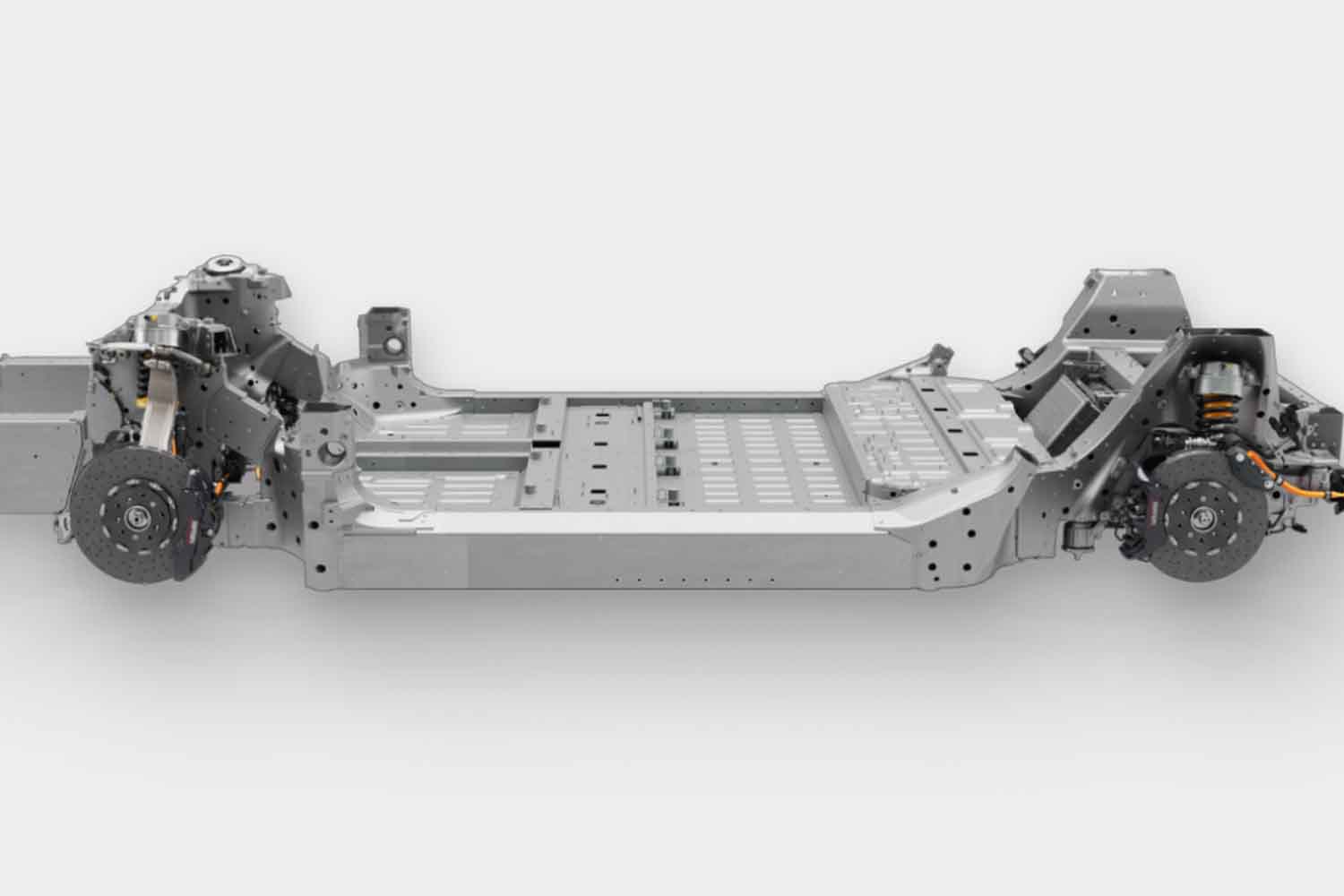Ferrari's electric debut is scheduled for spring 2026: record-breaking power, Formula 1 technologies and a project defined in every detail

Table of contents
The first electric Ferrari has a date: spring 2026. After four years of development, the project is now complete. The car is ready and will undergo no further modifications. At Maranello, every detail has been studied to deliver pure sports car performance, but with a fully electric heart.
This isn’t just a new model, but a historic transition for the Prancing Horse. For the first time, the Modenese manufacturer is entering the world of zero-emission vehicles, and it’s doing so without compromising its identity. In fact, it’s bringing Formula 1 technology to the road.
Four electric motors, 1,000 horsepower and 2.5 seconds to 60 mph
The new electric Ferrari is powered by four independent motors, two on the front axle (285 hp each) and two on the rear (842 hp total), for a combined output exceeding 1,000 hp. The drive system is all-wheel drive, but can switch to rear-wheel drive thanks to the disconnect function, designed to reduce consumption on highways.
The track-ready performance figures are impressive: 0-62 mph (0-100 km/h) in 2.5 seconds, 193 mph (310 km/h) top speed and a total torque of 5,900 lb-ft (8,000 Nm) in Performance Launch mode. The motorsport-derived electronics are equally impressive: inverters mounted directly on the axles, efficiency up to 93% and a power density of 3.23 kW/kg. Everything is designed to guarantee maximum responsiveness with minimal energy waste.
Drivers will be able to choose between three modes: Range, to maximize driving distance; Tour, for daily driving; and Performance, to unleash the car’s full potential.
A 122 kWh battery made in Maranello and up to 330 miles of range
The energy heart of the electric Ferrari is a 122 kWh battery, positioned at the center of the chassis. Composed of 15 modules and 210 cells, it uses nickel-manganese-cobalt technology and achieves an energy density of approximately 195 Wh/kg.
With a declared range of 330 miles (530 km), it can be recharged quickly: just 20 minutes to recover 70 kWh from an ultra-fast 350 kW charging station.
The chassis is designed to be lightweight yet strong: it’s made with 75% recycled aluminum, helping to reduce CO₂ emissions from the production process by up to 6.7 tons per vehicle.
Driving dynamics are also meticulously crafted: thanks to the latest-generation 48V active suspension, already seen on models like the Purosangue, comfort is guaranteed, as is cornering grip and road control.
Design under wraps, lowered center of gravity and a sound born from the motor
Regarding the exterior design, Ferrari is still keeping things under wraps. What we know is that the new electric model will have a wheelbase of 116.5 inches (2,960 mm), weigh approximately 5,070 lbs (2,300 kg) and have a center of gravity 3.1 inches (80 mm) lower than a traditional Ferrari. This ensures greater agility despite the considerable weight.
But the real innovation is the sound: Ferrari has chosen not to imitate the noise of gasoline engines. No fake sound, no movie soundtrack. Instead, the vehicle will naturally amplify the vibrations of the electric powertrain, thanks to a high-precision sensor mounted on the rear axle. The result will be an authentic, dynamic sound that changes depending on the road surface and driving style. Somewhat like an electric guitar, which sounds different depending on how it’s played.
Inside the cabin, the driver will be able to hear these variations in real time: the sounds will change in the city, on the highway and especially on the track, through curves, straightaways and over curbs.
The first electric car from Maranello is born with a precise idea: to be faithful to the Ferrari spirit, even without pistons. The driving experience remains central, with the same attention to performance, emotion and technical care that has always characterized the brand. Only now, instead of gasoline, there’s a battery designed to last and race.
Source: Ferrari
